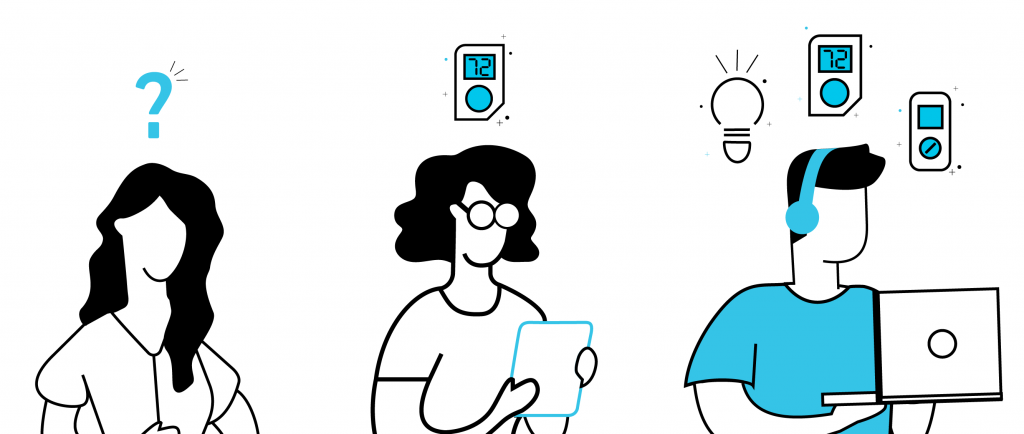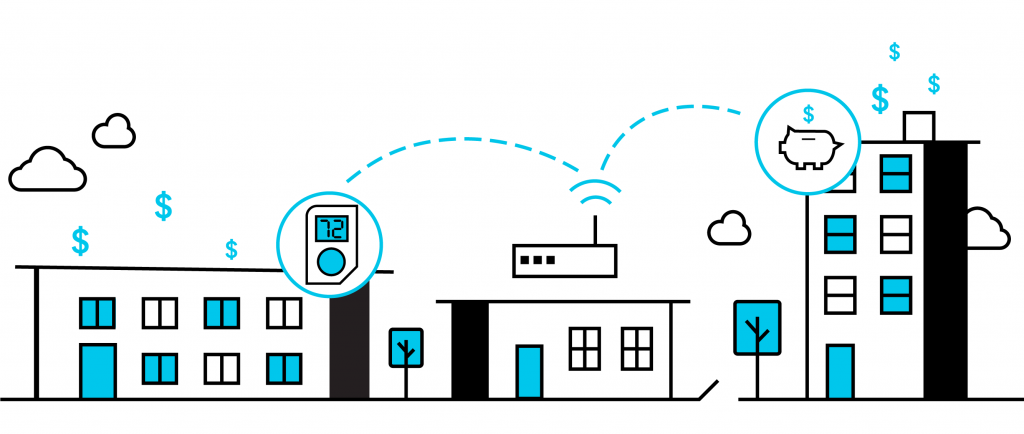No one likes change. Change isn’t welcomed with open arms, given housewarming gifts, or invited to join your holiday traditions. Yet, when we look back, we’re often grateful for the progress and innovation brought by change. Smart apartment technology and IoT devices can bring robust, life-changing solutions. However, they can feel uncomfortable in their early stages. First-time users often meet steep learning curves with resistance. However, the best way to learn a foreign language is immersion. In other words, sometimes the only way to get across the great chasm of the digital divide is headfirst.

Diving Deep
As technology rapidly develops, so does the depth of verticals within the digital divide. No longer does conversation start and end with “who has internet access.” We want to know why those with access do not adopt IoT solutions or are behind in IoT due to a lack of internet access. Research shows higher levels of both income and education are strong indicators of attitudes and adoption of smart devices. When you combine positive attitudes during adoption with material access, you will find these individuals become the first to develop the necessary IoT skills to further interact in the diverse application of IoT devices. In light of inequality, those in positions of privilege are the first to strengthen their resources.
Income and education weren’t the only predictors of IoT adoption. Younger people tend to have more physical access and developed IoT skills than older populations. Younger generations have significant social advantages such as earlier exposure and peer use, creating more ease and comfort with new technology. It’s no wonder why this age group displays the highest level of skill and variety regarding internet usage.

What’s the Significance of Smart Apartment Solutions in Multifamily?
How does the installation of IoT devices in multifamily apartment homes bridge the digital divide concerning age, education, and income?
Baby Boomers are the least likely age group to take the IoT plunge, yet they are the fastest-growing group of renters. Smart apartment solutions will gently force this population of residents to navigate smart locks and thermostats in a safe environment due to the assistance of property staff upon move-in. We can continue to educate and advertise IoT devices to increase adoption, but often the best education is hands-on immersion. This education tactic doesn’t just apply to the elderly. The multifamily industry can be proactive in integrating IoT devices into residents’ everyday life by educating them upon move-in, thus lowering intimidation factors or opposing views.
In individual homes, smart locks can range from $100 to $300 and smart thermostats $100 to $500. At that price, these devices aren’t worth the value they bring to those of lower income. However, these products become much more affordable for residents when installed in bulk across their multifamily property. One Quext IoT Gateway provides connectivity for all IoT devices on LoRaWAN network technology. Bulk IoT product installs create smart home systems for residents who deserve the opportunity to access the convenience and enhancements of IoT devices. When it’s a win for owners, operators, and residents alike, then you know it’s brilliant.


